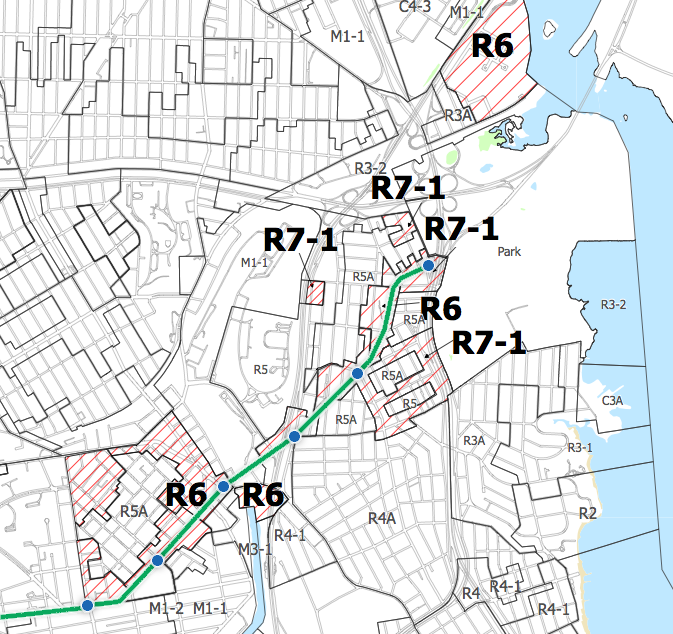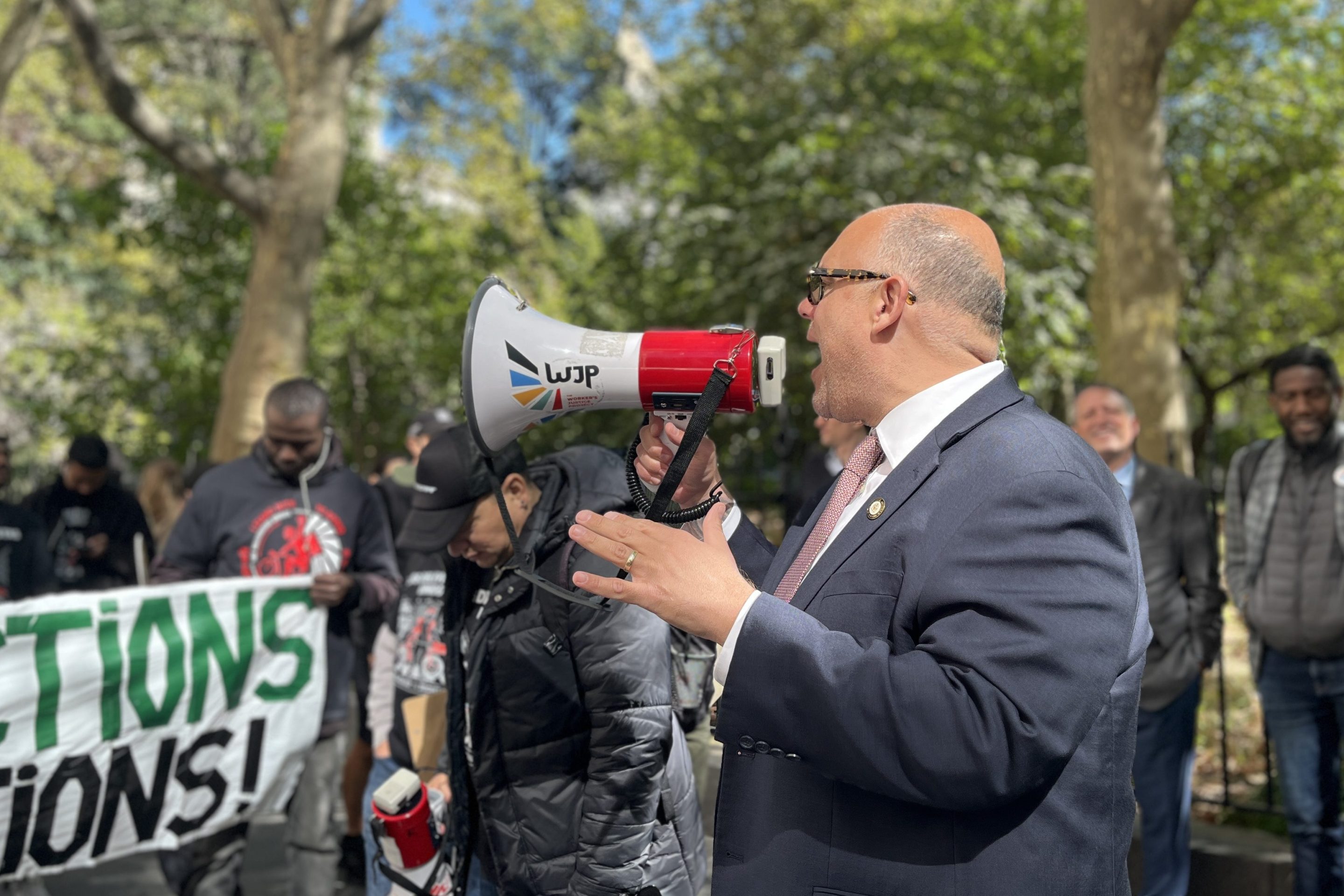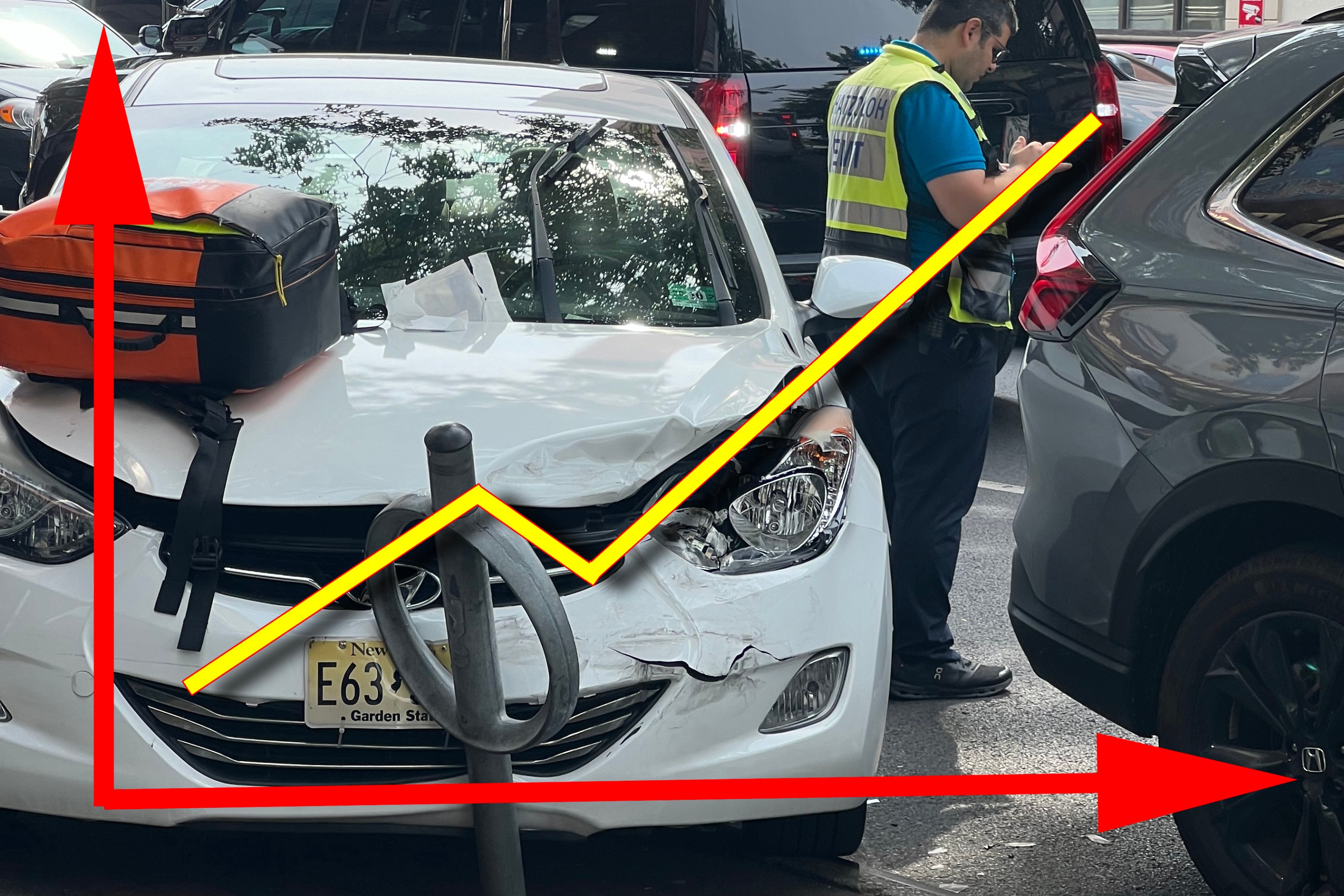
The Bronx is booming. Over the last decade, no borough added more new residents or posted faster wage growth.
The Bronx's incredible resurgence even attracted national attention last week from USA Today, which turned to City Council Member James Vacca to explain the wave of residential development in the borough. Vacca used the opportunity to basically argue for halting growth in much of the outer boroughs, advocating for restrictions on density and higher parking requirements.
As both a council member and a community board district manager, Vacca has responded to rising demand for housing by fighting for zoning changes that would lock in a more car-centric cityscape. Neighborhoods like Throgs Neck were granted the city's special suburban-style classification (the technical term is "Lower Density Growth Management Area"), meaning even more parking and even larger yards are now required for new development.
Regrettably, there's nothing unusual about New York's representatives closing the door to development in their neighborhoods by pushing for a major downzoning, even near transit. Swathes of the city have seen development restricted, nearly always to cheers from residents and elected officials.
On a City Council full of believers in subsidized parking, Vacca has managed to distinguish himself with a laser-like focus on providing more and cheaper parking, even right next to the subway. In explaining why development had to be limited, the transportation chair told USA Today, "Many of these row houses that went up came without parking or adequate parking."
Nowhere has Vacca's commitment to high parking requirements been more evident than in a rezoning adopted last March for the Westchester Square and Pelham Bay neighborhoods of the Bronx, which he strongly supported.
In 2006, the Department of City Planning had rezoned most of the area as low-density districts with high parking requirements. Along the last six stops of the 6 train, however, urban-style growth would still be allowed. In fact, City Planning explicitly reduced parking requirements on shopping streets close to transit. The East Bronx would be allowed to stay semi-suburban, but not near the subway.
Last year's change effectively undid that policy, hiking parking requirements in the same areas where they had been left low.
Mandatory parking ratios were increased from three parking spots for every ten dwellings to five. Perhaps more importantly, the changes prevent developers from subdividing their lots to earn a waiver from the parking requirements. Waivers are commonly used to get around parking requirements, so much so that Department of City Planning officials count on them to mitigate the impact of imposing high parking minimums.
For the purpose of parking regulations, last year's change even makes the areas along the 6 a "Lower Density Growth Management Area," despite the fact that City Planning reserves that designation for areas that are "generally distant from mass transit." While other rezonings have forced more parking into new development, few if any have so deliberately injected parking around subway stations.
"Many of our apartment houses in Pelham Bay are pre-World War II," Vacca told Streetsblog at the time, meaning they were built without parking. "Everybody's complaining about the lack of parking. They come home at night and can't get a parking space."
As transportation committee chair of America's most car-free city, Vacca considers himself a supporter of mass transit. When he pushed for this rezoning, though, he didn't think the area's subway and bus lines would be able to serve East Bronx residents. "Although I have the 6 train," he said, "not everyone has easy access to the 6 train." That's true, but a quick glance at the map of last year's changes shows the argument is largely irrelevant; the affected areas have strong access to the 6.
More people want to live in the East Bronx than live there now -- that what keeps motivating Vacca to bring up parking, whether in the land use process or to USA Today. And the demand exists for housing without parking attached; the developers' repeated willingness to subdivide their lots in order to earn a waiver is testament to that. Ultimately, Vacca would rather fill that space in his district with cars instead of people.





